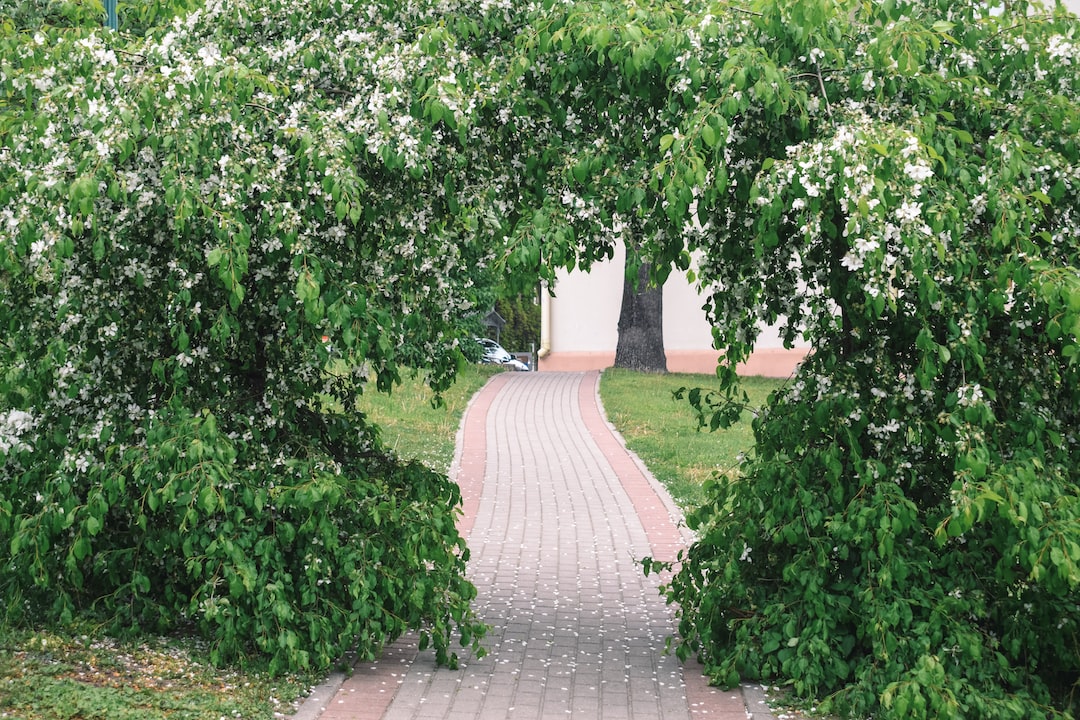Creating a Low-Maintenance Garden: Tips and Tricks
Gardening is a rewarding endeavor that allows you to reconnect with nature and transform your outdoor space into a beautiful oasis. However, designing a garden that requires minimal upkeep can be even more gratifying. Imagine spending less time pulling weeds and more time enjoying the beauty of your surroundings. In this blog post, we will provide you with tips and tricks on how to create a low-maintenance garden that will save you time and energy.
1. Plan and design strategically:
Before starting your garden, take the time to evaluate your space and make a plan. Consider the size, layout, and the amount of sunlight your garden receives. Choose plants that thrive in your specific climate and soil conditions, as they will require less intervention. Group plants with similar watering and sunlight needs together, so you can automate irrigation systems and minimize labor.
2. Opt for native and adapted plants:
Native plants are a great choice for low-maintenance gardens as they are adapted to the local climate, requiring less water, fertilizers, and pest control. They have evolved to thrive naturally in your region, significantly reducing the need for constant care. Native plants also provide important habitat for local wildlife, enhancing the biodiversity of your garden.
3. Reduce lawn space:
Lawns are notorious for their high-maintenance requirements, from constant mowing to regular watering. Consider reducing the amount of lawn in your garden and replacing it with low-maintenance alternatives, such as ground-cover plants, gravel, or mulch. These options not only require less maintenance but can also provide a striking visual appeal.
4. Incorporate mulch and ground covers:
Mulching your garden beds is an efficient way to suppress weeds while conserving soil moisture. Organic mulches, such as wood chips or straw, also break down over time, enriching the soil with nutrients. Additionally, consider incorporating ground-cover plants as they not only prevent weed growth but also reduce erosion and provide coverage for soil that would otherwise be left bare.
5. Install drip irrigation or rainwater harvesting:
Automating your watering system is a key factor in creating a low-maintenance garden. Drip irrigation delivers water directly to the roots of plants, reducing evaporation and ensuring efficient water usage. Alternatively, you can harvest rainwater in barrels and use it during drier periods. Both methods will save you time and effort, while also minimizing water waste.
6. Implement natural pest control methods:
Integrated Pest Management (IPM) is a systematic approach to managing pests that focuses on prevention and relies on natural control methods. Instead of relying on chemical pesticides, encourage beneficial insects, like ladybugs and praying mantis, to your garden, as they are natural predators of harmful pests. Planting companion plants that repel insects or using organic insecticides can also help keep pest populations under control.
7. Design for easy maintenance:
When planning your garden, keep access and maintenance in mind. Create paths that allow easy movement and prevent damage to plants. Opt for raised beds or containers to reduce the risk of weeds and make harvesting easier. Choose durable materials for hardscaping elements, such as stone or composite wood, to ensure longevity and minimize maintenance requirements.
8. Choose perennial plants:
Perennial plants are an excellent choice for low-maintenance gardens as they come back year after year, reducing the need for replanting. Once established, perennials develop deep root systems that help retain moisture and become more resistant to drought. They also require less fertilization compared to annuals, resulting in less upkeep and more visual impact.
9. Maintain a healthy soil ecosystem:
A healthy garden starts with healthy soil. Provide your plants with nutrient-rich soil by incorporating organic matter such as compost or well-rotted manure. This helps to improve overall soil structure, retain moisture, and reduce the likelihood of plant diseases. Regularly testing the soil pH and adjusting it accordingly will also ensure optimal plant growth.
10. Embrace minimalism:
Lastly, embrace minimalism when it comes to garden design. Choose a few key plants and create focal points that draw the eye. Avoid overcrowding your garden beds, as this not only leads to more maintenance but also inhibits air circulation, making plants more susceptible to diseases.
Creating a low-maintenance garden requires thoughtful planning, but the benefits are invaluable. By implementing these tips and tricks, you can enjoy a beautiful outdoor space without compromising your precious time and energy. Embrace nature, relax, and reap the rewards of a garden that practically takes care of itself.


